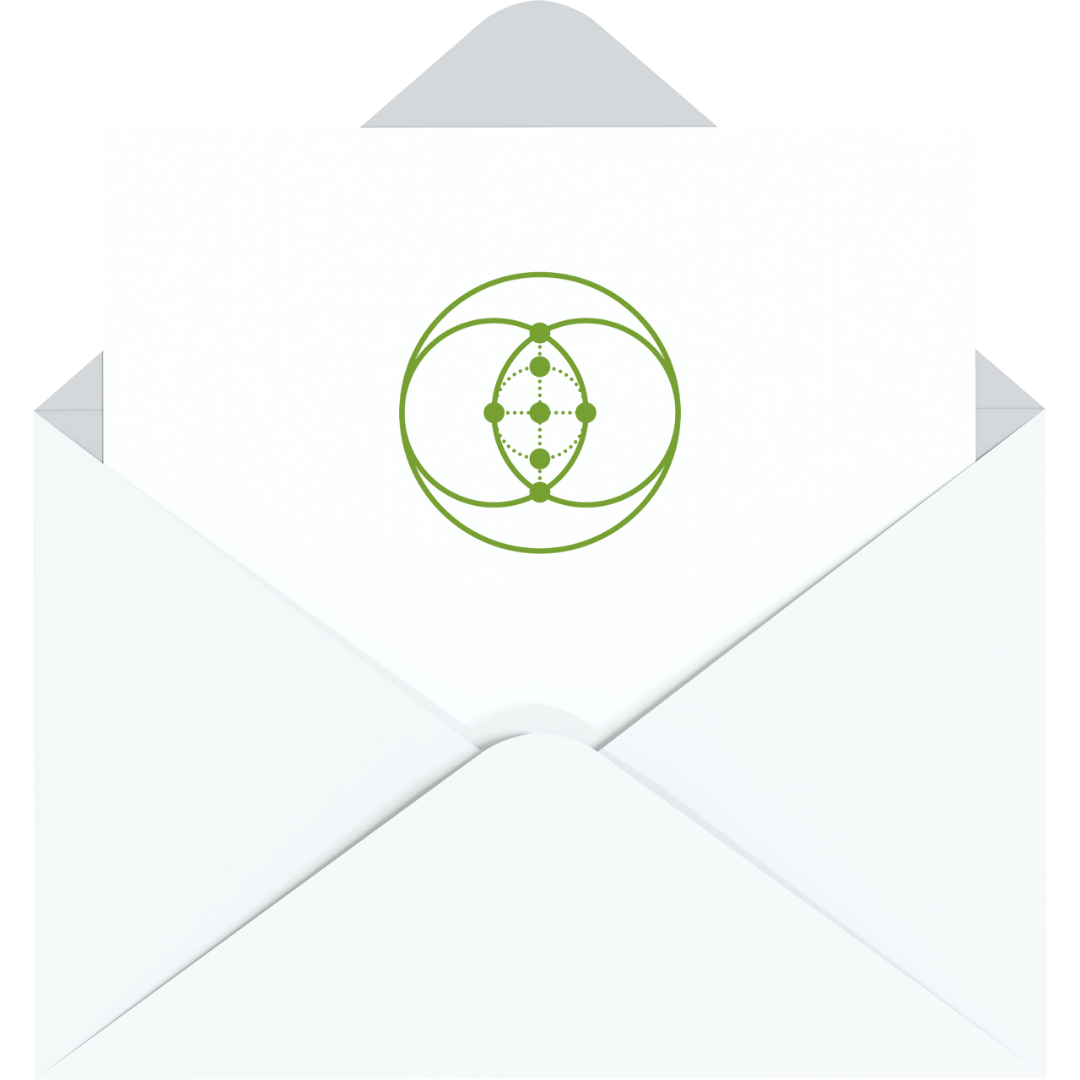Lifestyle Medicine for Stress | Part 3
Mindfulness & Breathing

Aaron Hartman MD
June 6, 2023

Next up in this series on lifestyle medicine for stress are two more evidence-based strategies: Mindfulness and diaphragmatic breathing. Both strategies are backed by a great deal of research on addressing the negative health effects of stress. Let’s talk about the power of these two seemingly simple interventions, and how you might incorporate them into your life.
30 Minute Mindfulness Exercise
 This is an adaptable practice which involves intentionally focusing on the present moment for 30 minutes, three to four times a week. Meditation, prayer, journaling, walking, or even mundane activities like folding laundry, eating, or doing dishes can be used to practice being present and fully in the moment. Any activity in which you can fully center your attention on your current experience can be a mindfulness practice.
This is an adaptable practice which involves intentionally focusing on the present moment for 30 minutes, three to four times a week. Meditation, prayer, journaling, walking, or even mundane activities like folding laundry, eating, or doing dishes can be used to practice being present and fully in the moment. Any activity in which you can fully center your attention on your current experience can be a mindfulness practice.
Mindfulness practices have been shown to help people with PTSD. They’re also being used by neurologists, such as Dr. Bredesen at the Buck Institute in California, to help patients with Parkinson’s disease. Elite athletes are using mindfulness guided meditations to visualize their sport and improve physical function, brain function, and reaction times. Mindfulness and meditation are well-researched, evidence-based interventions that can help lower cortisol and stress while also improving sleep.
There is a lot of data backing up the benefits of mindfulness for PTSD, neurodegeneration, enhanced athletic performance, enhanced cognitive performance, and overall longevity.
Diaphragmatic Breathing
Diaphragmatic breathing involves taking intentionally deep breaths while expanding the diaphragm, then slowly exhaling. We’ve all heard about the many health and stress-management benefits of breathing exercises. That being the case, what makes them so powerful?
One mechanism involved in diaphragmatic breathing is the activation of the vagus nerve. Taking deep breaths actually puts pressure on the abdominal wall, stimulating the vagus nerve and calming the nervous system.
This effect is one of the reasons why smoking is relaxing. What’s interesting is that nicotine is actually a stimulant! However, the deep breaths performed while smoking trigger the calming effect due to the activation of the vagus nerve.
You can use this free, simple intervention anytime, anywhere to calm your nervous system. I used this practice to help me deal with anxiety after I had COVID. After I got sick, I experienced severe anxiety for several weeks. I used meditative breathing practices for 20 minutes, twice a day, to help manage my symptoms. Within about six weeks, the anxiety broke. This study is just one example of the research demonstrating the effectiveness of diaphragmatic breathing in reducing anxiety.
Breathing with Biofeedback
 While simply performing diaphragmatic breathing exercises will provide many benefits, the use of biofeedback while breathing has also been shown to have impressive results. Using a biofeedback device, such as a heart rate monitor like Heart Math, has been shown to lower cortisol, reduce anxiety, improve mood, and restore a sense of calm. These devices help guide users and provide real-time feedback during sessions. This can also be a source of motivation, as the user is able to track their results over time through the collected data!
While simply performing diaphragmatic breathing exercises will provide many benefits, the use of biofeedback while breathing has also been shown to have impressive results. Using a biofeedback device, such as a heart rate monitor like Heart Math, has been shown to lower cortisol, reduce anxiety, improve mood, and restore a sense of calm. These devices help guide users and provide real-time feedback during sessions. This can also be a source of motivation, as the user is able to track their results over time through the collected data!
Devices like these measure heart rate variability, which is the change in the beat-to-beat measurement of your heart rate. When the sympathetic and parasympathetic nervous systems are working optimally, there is a give and take – a push and pull – such that the heart rate speeds up and slows down quickly. The body is able to adapt and respond easily. Thus, heart rate variability is increased. However, during times of chronic stress, there is less variability and the heart rate doesn’t respond with as much agility.
As a physician, when I listen to kids’ hearts, sometimes I am able to actually hear this. Occasionally I hear a child’s heart even skip a beat just from breathing because the heart rate expands and lengthens based on their breathing.
The use of Heart Math or another biofeedback breathing device can help you to train your heart rate to lower cortisol, improve your neurological system, and improve your sympathetic and parasympathetic response.
3-Minute Mental Makeover
This exercise is a simple, structured, gratitude-type journaling practice that just takes three minutes. In this study, patients and their families who participated experienced less perceived stress and better communication.
This is an easy tool that you can use. Here are the steps if you’d like to try it:
- For the first minute, write three things that you’re grateful for. These can be anything – think about what is good in this moment, today, or in your life as a whole.
- During the second minute of the exercise, write six words about your life. This could be anything including overall themes in your life, what you did last night, or even what you’re feeling right now.
- In the third minute of the exercise, write three wishes. These can range from realistic (I want to have lunch outside today) to unrealistic (I want to fly to Paris for lunch today).
- Finally, it’s great if you can share your answers with someone or at least speak it out loud.
Journaling in general has been shown as a powerful intervention for stress-reduction, reducing anxiety, and improving mood. This structured, brief, 3-Minute Mental Makeover is a great way to fit some journaling time into a busy schedule.
Is Positivity a Superpower?
One fun example that I like to point out is from Harry Potter. Do you remember what Harry had to do in order to recall his Patronus? He had to think on a good thought. While this science has crept into the moviemaking industry, the idea that positivity can cause powerful changes in our body’s physiology, cognitive function, and sense of calm is not fiction. There is a great deal of proof that it’s very effective!
How will you incorporate one or more of these techniques into your day? As you can see, it doesn’t take a lot of time to experience benefits. Perhaps when you try one of these practices, you might think about Harry and how he used his good thoughts as a superpower to summon his Patronus. Perhaps you will experience some super benefits of your own.

Don’t Miss Out
Sign up for our newsletter and be the first to know when Dr. Hartman posts a new article.
"*" indicates required fields